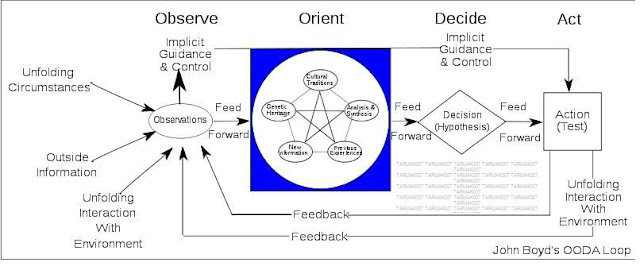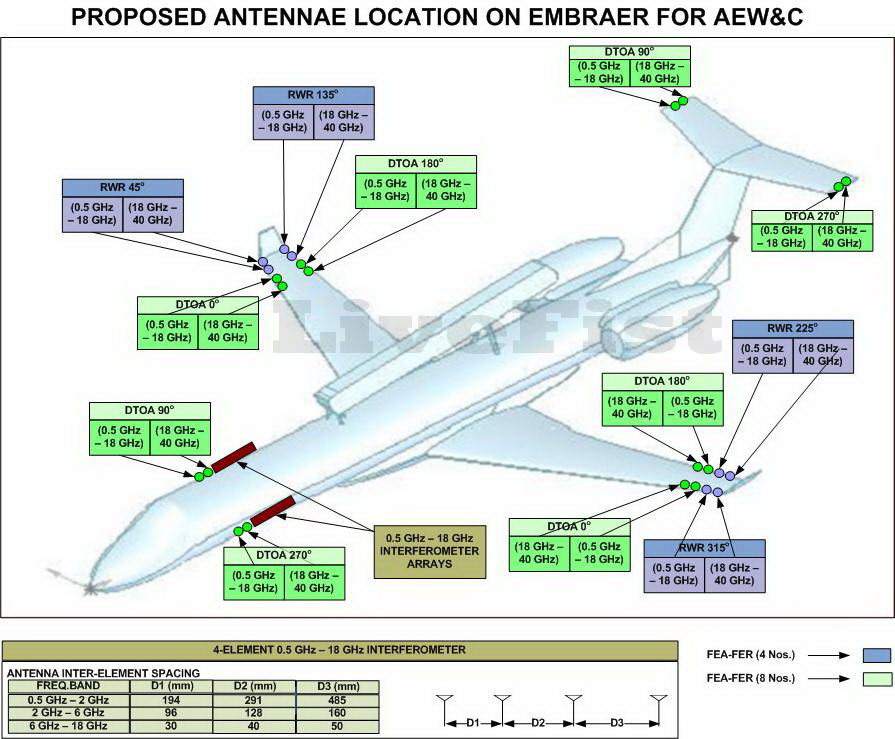- Joined
- May 26, 2010
- Messages
- 31,122
- Likes
- 41,042
Part-6
If Saya Sir watching, Please do see this..
If Saya Sir watching, Please do see this..
Last edited by a moderator:
all i can say is that some things mention in that are going to be changed. cant tell you more about it, but people are working towards improving things.Part-6
If Saya Sir watching, Please do see this..








Defence preparedness of any nation is widely assessed often in terms of visible assets with little authentic knowledge available in the public domain. While armed forces world over preferred not to speak or let others speak about the Information Technology (IT) strengths, one often read reports of cyber thefts, attacks and loopholes in so-called secure firewalls. While India has been prone to cyber vandalisms in the past, silent IT missions have been running concurrently to aid India's defence preparedness.
Sources who agreed to part with information on this front to Express said that during conflicts, the side that has superior access to accurate and timely information has a clear edge over its adversary. "Information gathering, processing, and delivering systems and their effective exploitation in the battlefield are vital for prevailing in the end. Collectively these computerised and networked defence systems make the battlefield digital in nature and entail the need to protect the cyberspace associated with them," sources with Bangalore-based Centre for Artificial Intelligence and Robotics (CAIR), said.
Given the density and complexity of computerisation in these systems, the corresponding cyberspace acquires a physical reality of its own. Briefly, this cyberspace of the defence systems is the abode of the critical information gathered from the sensors and processed and forwarded to the weapons.
"The twin objectives of the security of this space are to keep its integrity intact and to keep the information housed therein confidential, untampered, and available. Preventive solutions exist for ensuring authentication and access control on the one hand and for encrypting storage and communications of the information concerned on the other. However, these solutions cannot assure complete security especially where human operators are involved and where the defence systems are open in nature requiring interactions with unknown and unpredictable frontiers such as a battlefield," sources said.
One of the basic methods to check for intrusions is to keep a watch on the integrity values of the committed and free regions of the cyberspace. The committed regions house information and software in the form of files. "Based on a careful sampling of these files, corresponding hashes or checksums may be calculated in clean state and kept as references. Subsequently on a periodic basis, the instantaneous values of the hashes of the select subset of the files may be computed and checked against the references. The unexpected changes, if any, can be an indication of an intrusion," sources said.
In order to look at aggregate activities of a number of computing hosts and network devices, the technique is to analyse the traffic emanating from or going towards them over gateway-like points. This technique is the basis of many network intrusion detection systems. "There are two generic methods implemented in these systems; one is based on 'signatures' of attacks to gain entry into the cyberspaces of target systems, and the other is to identify anomalies in traffic patterns based on statistics or rules," sources said.
Based on needs, CAIR has developed an IP traffic-based Intrusion Sensing System for Enterprise Networks that can analyze traffic data for possible attacks originating from outside an organization.

.......................Tarmak007 -- A bold blog on Indian defence: Gen-next Battlefield Management Systems give combat edge to armed forces
++

++

++

++


Battlefield Management Systems (BMS) act as force-enablers. It gives combat-advantage to our Armed Forces, enabling a state-of-the-art networked theatre in a spit-fire battlefield environment. The recognition of information dominance in future wars will be based on the global success of information dominated military command and control, in influencing the outcome of the battle. "We are at the threshold of a new era; information must no longer be an enabler but a core war fighting capability," a senior US naval chief had said.
Since the 1980s, Indian defence scientists in general, and specialists at the Centre for Artificial Intelligence and Robotics (CAIR) in particular, have been playing the back-room boys' role in enabling the transformation of our armed forces. "Third generation war focuses on using speed and surprise to bypass the enemy's lines and collapse their forces. Essentially, this was the end of linear warfare on a tactical level, with units seeking not simply to meet each other face to face but to out-maneuver each other to gain the greatest battlefield advantage. The impact of C2 capabilities kept increasing with each generation of warfare and became an essential ingredient in the third generation and beyond scenarios," sources said.
The C2 capabilities needed to address the complexities of third generation warfare and spearheaded the digitization of the battlefield. Hence, the sensors interfaces, weapons interfaces, and the communication infrastructure migrated to digital technology. These developments have been driven by the adoption of Information and Communication Technologies (ICT) for supporting the Command and Control chain, or C2 as the military commanders prefer to call it. The units enabling the above are collectively called Battle Management Systems (BMS) or C4I2SR systems. (C4I2SR system means: command, control, communication, computers, information, intelligence, surveillance and reconnaissance.)
The C2 process has been characterized as a series of sequential and interactive steps by a US Air Force strategist Col John Boyd, who termed it the Observe-Orient-Decide-Act (OODA) loop. The central tenet of modern BMS is the OODA loop (see image). While this was conceptualized in the context of military operations, its relevance to modern management techniques has been well established. "An entity that can process this cycle quickly, observing and reacting to unfolding events more rapidly than an opponent, can thereby get inside the opponent's decision cycle and gain advantage," sources said.
In the last two decades, the CAIR has been playing a pivotal role in the design and development of various C2 systems for the Indian Armed Forces. These systems provide better situational awareness, enable and accelerate the planning and decision-making process, assist in establishing fire supremacy in the battle area, and enable better co-ordination among the military commanders.





